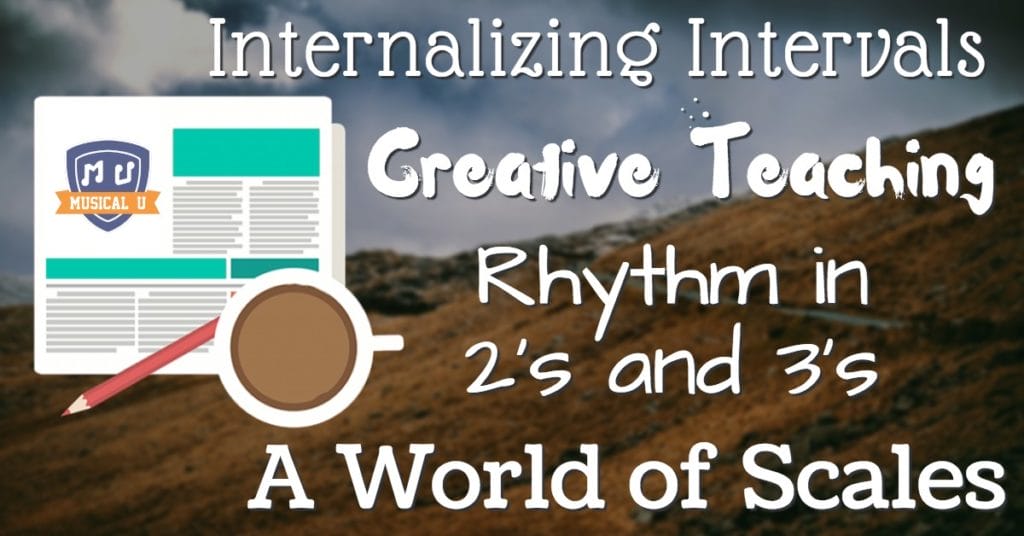An essential component of music that often gets left out of the discussion is the feeling or the “flavor” of the music being played.
Though technical proficiency and theoretical knowledge is undoubtedly important, the “natural”, expressive musician within you will come out when you get a sense of the feeling and intent behind the music you’re playing, and how the rhythm, melody, dynamics, and tempo of a piece inform it.
This week, we explore intervals and their aural “qualities”, interview a music educator about how he centers creativity and expression in his teaching ethos, present a new way to “feel” the rhythm of a complicated piece of music, and bring in an expert from our own team to demonstrate the various flavors found in different scales.
Internalizing Intervals
The basis of training your ear to recognize melodies is to first recognize intervals: the spaces between notes.
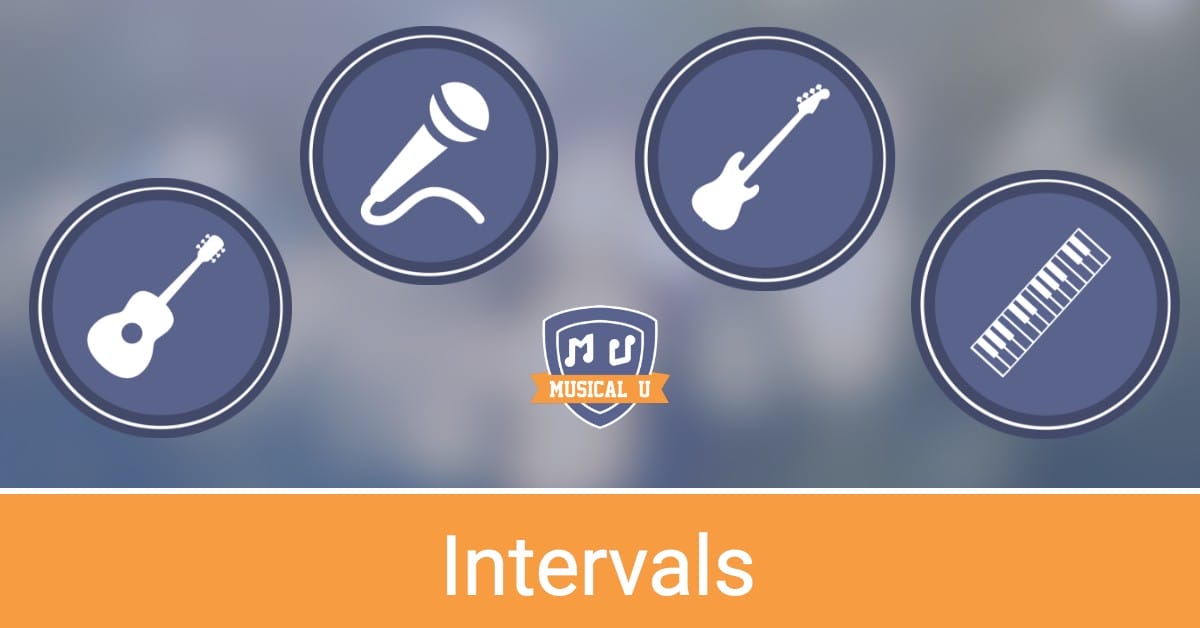 Though learning intervals can seem rote, boring, and mechanical, it absolutely doesn’t need to be. Every interval has a certain “feel” to it, and by relating each one to your instrument and to the music you know and love, interval recognition becomes simple and intuitive.
Though learning intervals can seem rote, boring, and mechanical, it absolutely doesn’t need to be. Every interval has a certain “feel” to it, and by relating each one to your instrument and to the music you know and love, interval recognition becomes simple and intuitive.
For this month’s Resource Pack on intervals, our Resident Pros will show you just how intervals fit on your piano, bass, or guitar and how the very structure of your instrument reflects profound musical realities. Check out Intervals: Resource Pack Preview to get a sneak peek at our three resident pros’ helpful exercises, patterns, and tricks for contextualizing intervals.
Learning intervals isn’t just part of your ear training – many would refer to intervals as the very foundation of your aural skills. Once you are able to hear the relationship between pitches, it will open up a whole new understanding of harmony and musicality. Peak Eleven explains more in their lesson on music theory for beginners.
For many music students, using “interval songs” is a pretty standard trick that helps pass exams. Julian from Jazz Tutorial talks about how this is a mistake that could hamper your long-term growth, and offers a better way to recognize intervals in the music that you are playing.
While some think that recognizing intervals is just a neat little skill to have, there are numerous ways that you can apply interval recognition to your instrument. Adultpianolesson.com talks about applying the basics of interval training.
Creative Teaching
With so much educational material focussed on playing music “the right way”, it’s refreshing to see teachers that concern themselves more with creativity and expression than hitting every note perfectly.
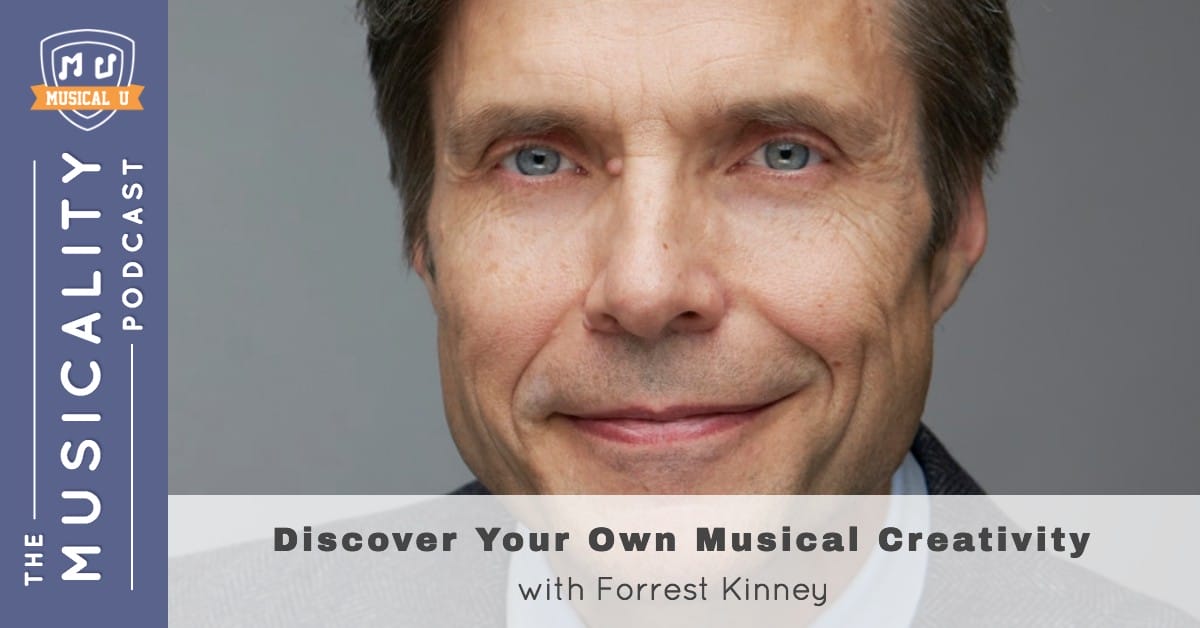 This week, Musical U interviewed Forrest Kinney, a musician and music educator who has gained acclaim for his fresh, creativity-focussed teaching ethos. Besides being an accomplished musician (particularly in the realm of improvisation) and a highly in-demand speaker, Forrest is also the widely-published author of the Pattern Play series of piano books, which focus on getting players off the page and into a creative headspace for music-making.
This week, Musical U interviewed Forrest Kinney, a musician and music educator who has gained acclaim for his fresh, creativity-focussed teaching ethos. Besides being an accomplished musician (particularly in the realm of improvisation) and a highly in-demand speaker, Forrest is also the widely-published author of the Pattern Play series of piano books, which focus on getting players off the page and into a creative headspace for music-making.
Discover Your Own Musical Creativity, with Forrest Kinney is essential reading for any musician eager to exercise their creative muscle in their playing and songwriting. We know you’ll enjoy this enlightening conversation as much as we did.
In his interview, Forrest shared how he went through a period of self-doubt prior to becoming the musician that he is. Most of us don’t want to talk about it, but this is a common experience in a musical journey! While Forrest found his way through improvisation, there are an infinite number of paths that a musician can take. Katie Wardrobe from the Music Tech Tips podcast recently discovered how one pioneering music teacher is helping teens find their identity through musical creativity.
Improvisation is made out to be this high tower that only the most skilled and sophisticated musicians are able to climb. But the truth is, it’s a totally attainable skill – all we have to do is… play! Michele McLaughlin outlines her easy method to sit down and begin improvising.
One of the things that we found the most inspiring was the love and devotion that Forrest has for his music. No matter what level of “success” we obtain as musicians, having that passion for the simple act of playing is more than enough reward. Acclaimed teacher Madeline Bruser and Nancy Kester discuss the role of the teacher in bringing out the love of making music
Rhythm in 2’s and 3’s
It’s hard to keep your cool when faced with complicated rhythms, sneaky syncopations, and even strange meters.
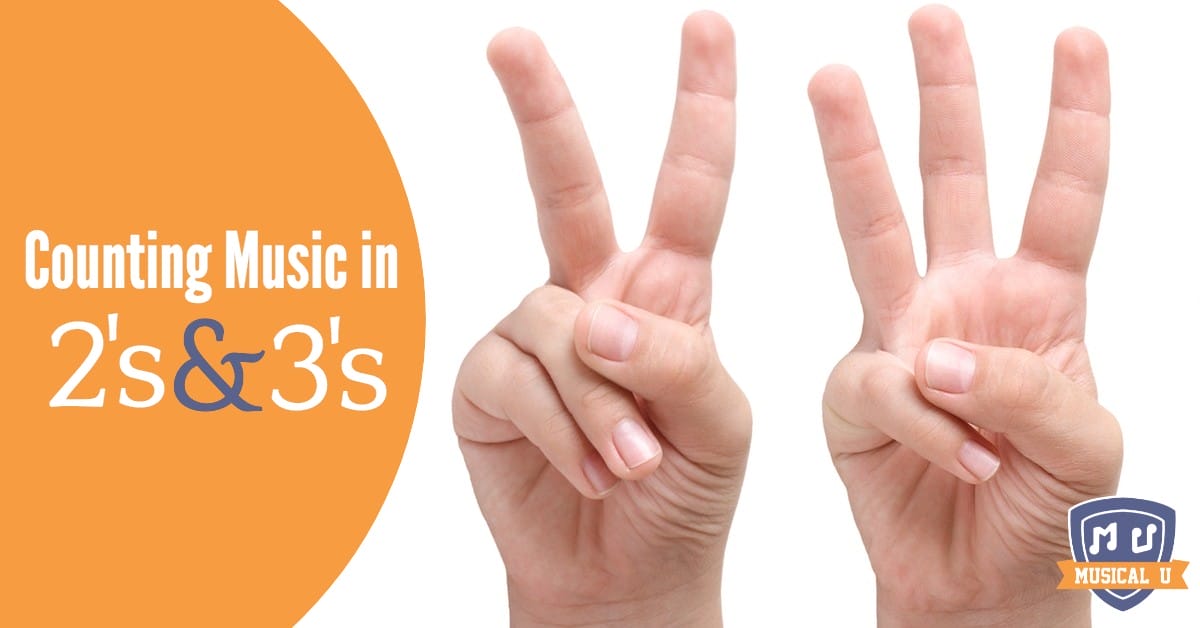 However, the good news is that every complex rhythm is made up of simple building blocks that you’re already familiar with. Though there’s many ways to break up these complex rhythms, one of the most useful and straightforward is thinking of rhythms in terms of 2’s and 3’s.
However, the good news is that every complex rhythm is made up of simple building blocks that you’re already familiar with. Though there’s many ways to break up these complex rhythms, one of the most useful and straightforward is thinking of rhythms in terms of 2’s and 3’s.
This technique requires a minimal amount of math, and applies to virtually every rhythm, no matter how many sixteenth notes it contains, or how alien its time signature seems.
Head over to Counting Music in 2’s and 3’s to get started – you’ll find a detailed breakdown of how this method works, and a slew of exercises to get you going!
If you haven’t worked through the exercises in this guest post, take a couple of minutes to revisit them before moving on. Or, you can use that most dreaded (and loved!) of musical tools – the metronome – to help improve your rhythmic accuracy, with this lesson from Mike Outram.
There were certainly some interesting rhythmic figures in this post – maybe ones that you have never seen before, although you have likely heard them in popular music. While much of popular music stays within “safe” meters, there are a number of artists that push the envelope of their musicality and experiment with new and interesting time signatures. The Rebel Music Teacher takes us through a song by Muse, and shows how you can use active listening to discover asymmetrical simple meter.
Paul Davids has one of the most popular guitar YouTube channels out there. And for good reason! In one video, Paul takes us through eight songs with odd time signatures that aren’t too difficult to get under your fingers – take a look, and try to internalize these time signatures!
A World of Scales
Though the major scale may be the popular kid in school, there’s a world of scales out there waiting to be played.
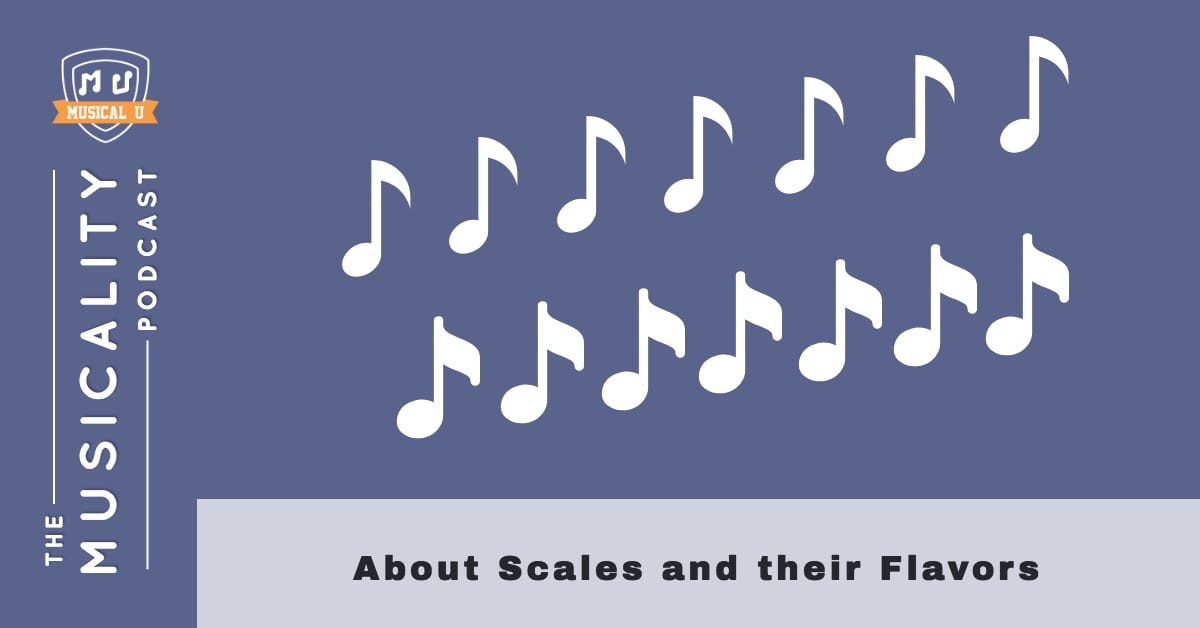 In About Scales and Their Flavors, Musical U’s content editor/product manager Andrew Bishko takes you through a variety of scales, demonstrating each one for you to hear, and discussing the feel that each lends to music that it’s used in.
In About Scales and Their Flavors, Musical U’s content editor/product manager Andrew Bishko takes you through a variety of scales, demonstrating each one for you to hear, and discussing the feel that each lends to music that it’s used in.
This episode will inspire you to start thinking of scales in terms of creative tools to make music with, rather than just drills to get your fingers moving.
So many scales, so little time! Andrew mentioned that nearly every music student starts with the major scale. The major scale is important to help set the foundation for your understanding of tonality and how the relationships between notes work. For another look at the major scale, Zac Pugh Guitar explored the inner workings of this fundamental piece of music.
As you expand your understanding of the major scale, it’s time to add a little bit of sadness to the mix. Of course, we’re talking about minor scales! Scales are not just lines of music, but they are nested within a musical key that will establish which notes are flat or sharp. Katie from the Modern Songstress is here to help you understand the differences between major and minor keys.
Let’s round this up with a bit of discussion about the musical modes. Andrew mentioned that discovering and improvising with musical modes was quite liberating. Polishook Piano has a fascinating lesson on how modes fit into the broader world of tonality, and how they can add to your musical expression.
Feeling the Music
No matter what your level of proficiency is, your playing and songwriting will benefit immensely if you take the time to understand the “vibe” that certain elements lend to music.
Do you want to compose a score for a horror movie? Look to the Locrian mode to achieve that tense feeling. Are you drumming for a band that plays Latin music? Syncopation is your friend, and the beat patterns found in syncopated rhythms will ensure that your playing keeps the band in the right groove.
All this said, go forth and arm yourself with the musical tools you’ll need to play the music you love – with feeling.
What musical tools have you added to your toolbox in order to achieve the goals you’ve set for yourself?

